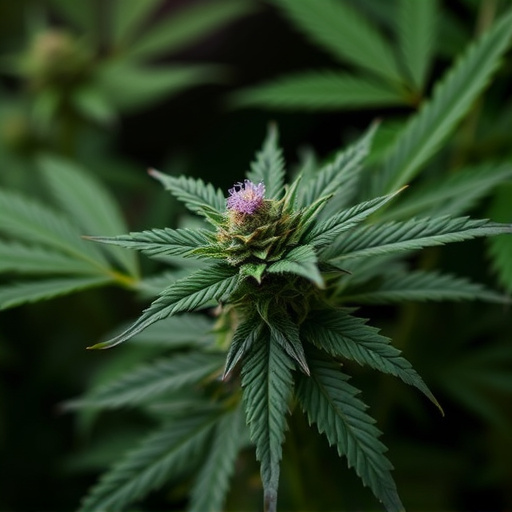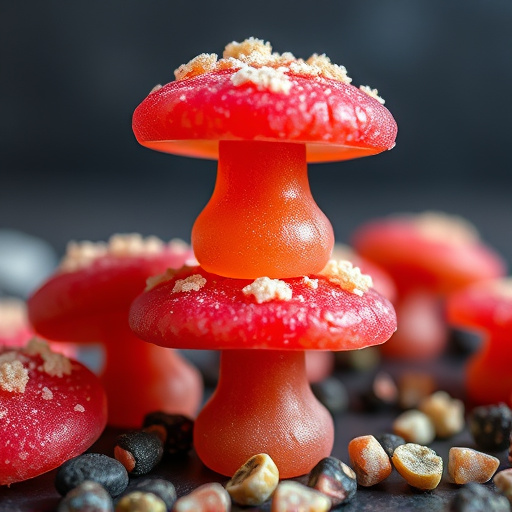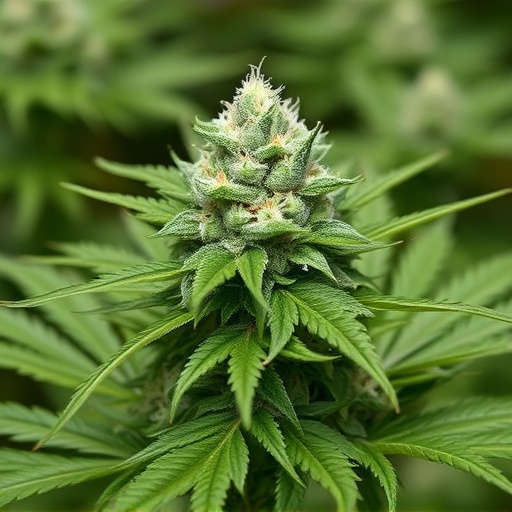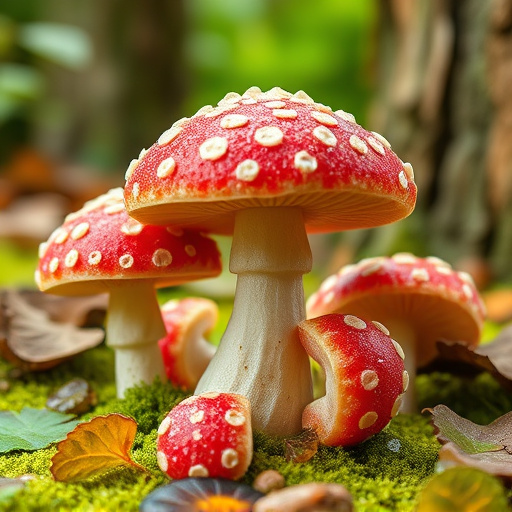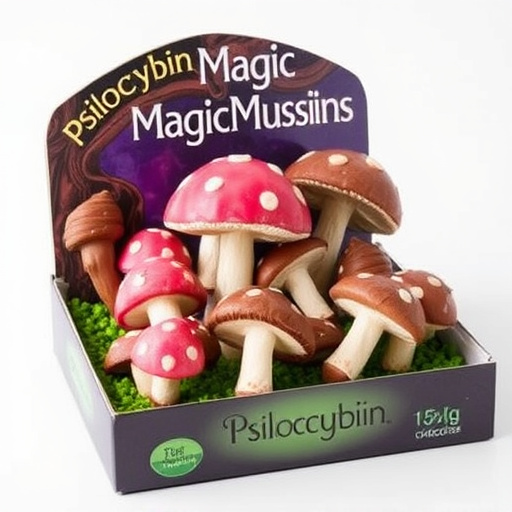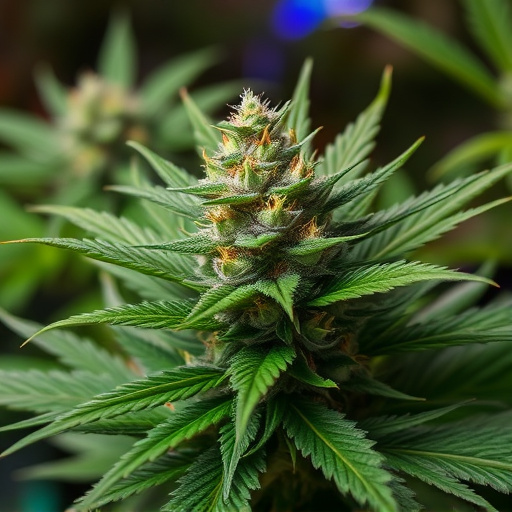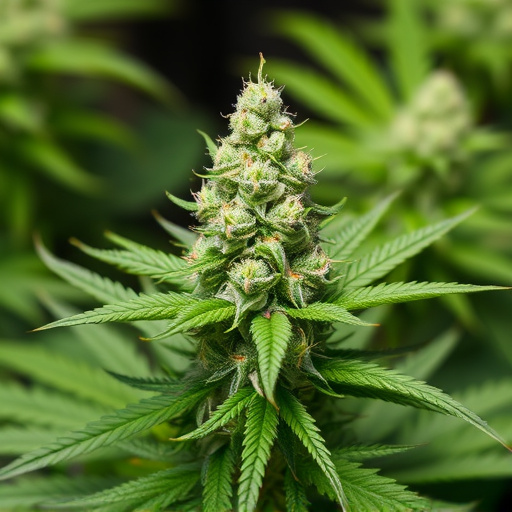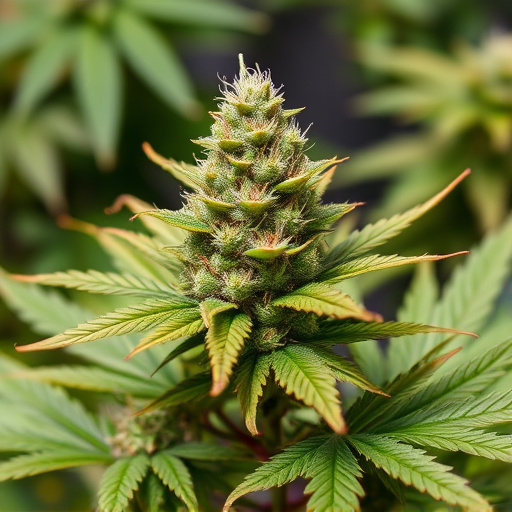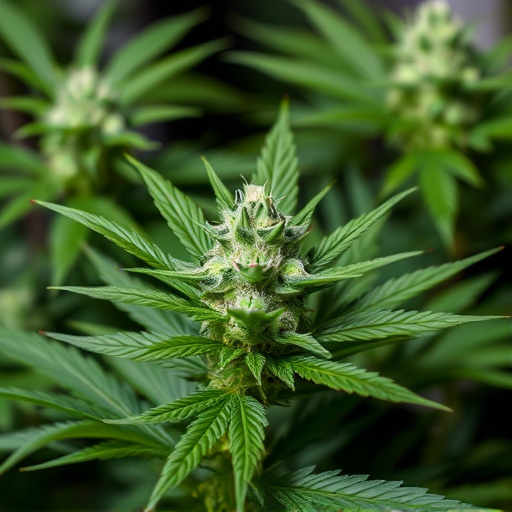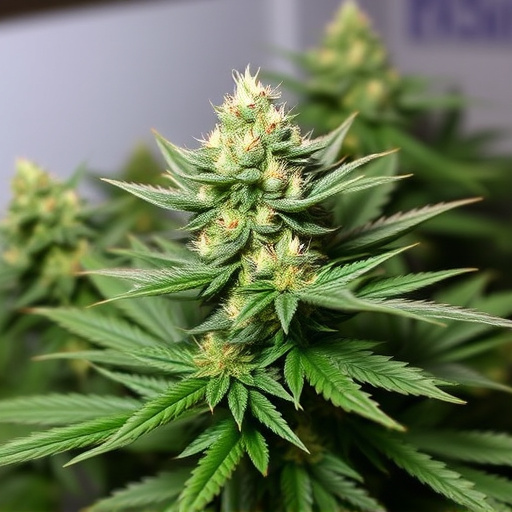High THC cannabis strains offer potent psychological effects and targeted relief for chronic pain, inflammation, and muscle spasms through interactions with the endocannabinoid system. While THC is known for its psychoactive properties, CBD-rich varieties provide anti-inflammatory and pain-relieving benefits without psychoactivity. Terpenes enhance these effects through the entourage effect, making high THC strains valuable tools for managing various medical conditions like anorexia associated with cancer or HIV/AIDS, improving sleep quality, and boosting appetite.
Cannabis flowers have gained significant attention for their potential medical benefits, with high THC strains emerging as a game-changer in modern medicine. Understanding the intricate composition of these flowers is key to unlocking their therapeutic potential. This article explores how specific chemical profiles, particularly high THC strains, interact with our bodies’ endocannabinoid system to provide relief for various conditions. By delving into the science behind cannabis, we can appreciate its growing role as a valuable medicinal resource.
- Understanding Cannabis Flowers and Their Composition
- High THC Strains: Unlocking Potential Medical Benefits
- The Science Behind Cannabis' Medicinal Effects
Understanding Cannabis Flowers and Their Composition
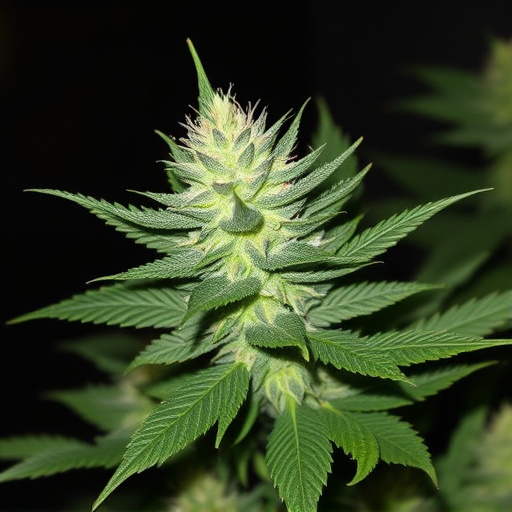
Cannabis flowers are the most sought-after and well-known part of the plant, offering a wide range of medical benefits due to their complex composition. These flowers, rich in cannabinoids like tetrahydrocannabinol (THC) and cannabidiol (CBD), are what give cannabis its unique therapeutic properties. High THC cannabis strains, for instance, are known for their potent psychological effects, while CBD-rich varieties provide potential anti-inflammatory and pain-relieving benefits without the psychoactive impact.
The flowers’ composition also includes a variety of terpenes—organic compounds responsible for the characteristic aromas and flavors. These terpenes further enhance the medical benefits by interacting with cannabinoids, creating what’s known as the entourage effect. Understanding these intricate relationships is crucial in harnessing cannabis’s full potential for medicinal use.
High THC Strains: Unlocking Potential Medical Benefits
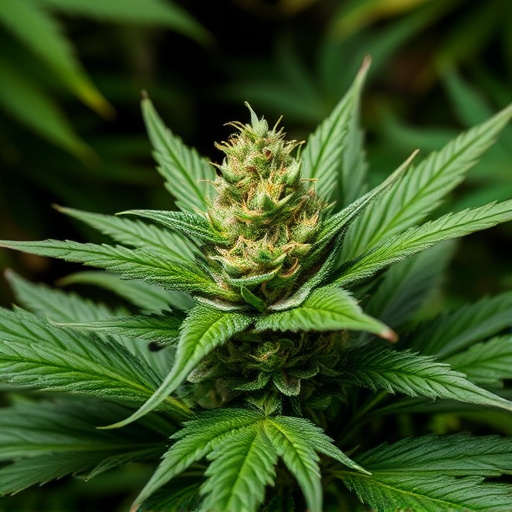
High THC cannabis strains have gained significant attention for their potential medical benefits. THC, or tetrahydrocannabinol, is one of over 100 cannabinoids found in the cannabis plant. It’s known for its psychoactive effects, but it also plays a crucial role in delivering therapeutic value. High THC strains can help alleviate various conditions such as chronic pain, inflammation, and muscle spasms by interacting with the endocannabinoid system in our bodies. This system is responsible for regulating mood, memory, appetite, and pain perception.
These potent strains offer targeted relief by binding to cannabinoid receptors in specific areas of the body, providing more localized effects compared to CBD-rich varieties. The high THC content can also enhance overall well-being, improve sleep quality, and stimulate appetite—making it particularly beneficial for patients dealing with weight loss or anorexia associated with medical conditions like cancer or HIV/AIDS.
The Science Behind Cannabis' Medicinal Effects
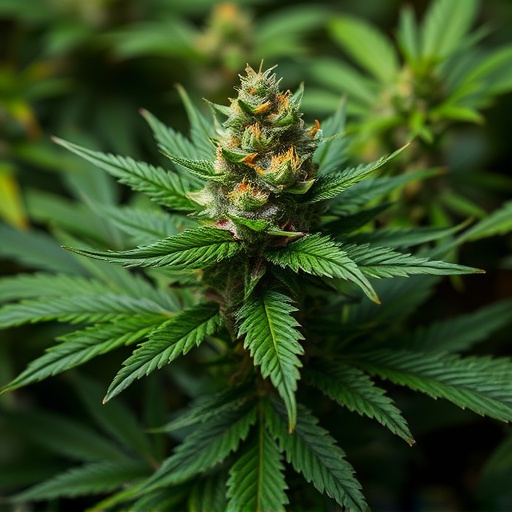
The science behind cannabis’ medicinal effects is a complex and evolving field, with ongoing research shedding light on how different compounds within the plant interact with our bodies. Cannabis flowers contain over 100 chemical compounds known as cannabinoids, the most well-studied of which are THC (tetrahydrocannabinol) and CBD (cannabidiol). High THC cannabis strains have been particularly popular for their potent psychological effects, offering relief from anxiety, depression, and chronic pain. These effects are attributed to THC’s ability to bind with CB1 receptors in the brain, influencing mood, memory, and sensory perception.
While THC is known for its psychoactive properties, CBD has gained significant attention for its potential therapeutic benefits without inducing a “high.” Studies suggest that CBD interacts with multiple pathways in the body, including the endocannabinoid system, which plays a crucial role in regulating various physiological functions. This interaction may help reduce inflammation, ease muscle spasms, and stabilize mood swings, making high THC cannabis strains valuable tools for managing a range of medical conditions.
Cannabis flowers offer a wealth of medical potential, with high THC strains playing a pivotal role. Understanding the composition and science behind these flowers is essential in unlocking their therapeutic benefits. As research continues, the world of medicine recognizes the value of cannabis, specifically high THC strains, as a game-changer in treating various conditions. By delving into this natural resource, we can navigate a vibrant landscape of possibilities for future healthcare solutions.
